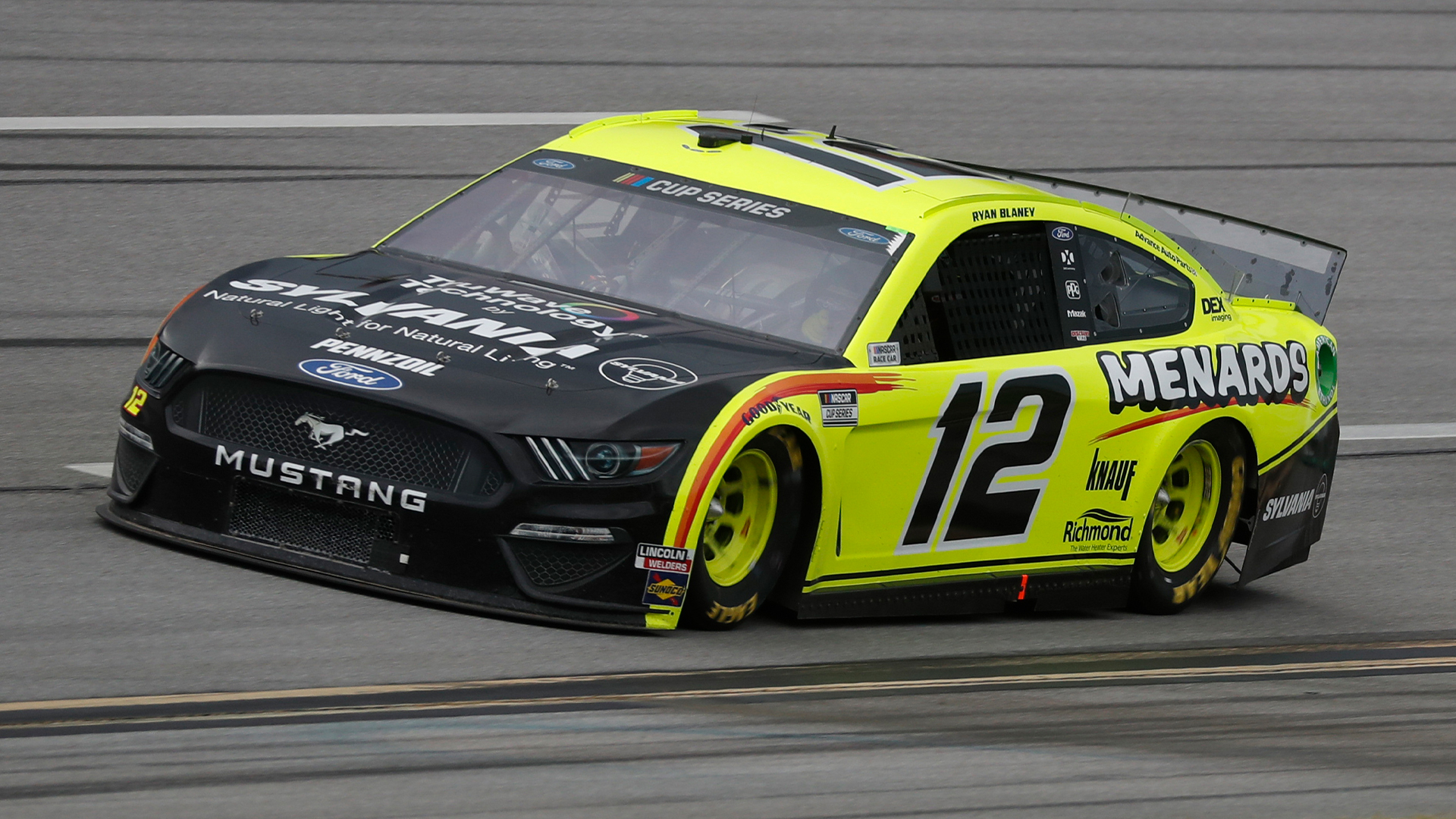

The NASCAR Cup Series is synonomous with big-horsepower V8s and 200+ mile-per-hour racers. Because of that, old-school fans make a fuss when they cut engine output and speeds. That’s been the case at restrictor-plate tracks for years now, but the ceiling’s been lowered even more after Joey Logano’s airborne crash at Talladega in April.
The roof-skidding wreck prompted NASCAR to announce new rules this week for the two remaining superspeedway races at Daytona and Talladega. Along with removing the wicker from the rear spoiler and mandating a previously optional reinforced roll bar at the back of the car, the restrictor plate opening has been changed from 57/64-inch to 53/64-inch. Per Fox Sports‘ Bob Pockrass, this will drop horsepower from roughly 510 to around 450 and reduce speeds 7-10 mph.

While NASCAR can’t be blamed for making changes in response to Logano’s post-race complaints, saying he’s “one hit away from the same situation Ryan Newman just went through,” it shows how imperfect its current on-track package is. A new one is on the way for the 2022 season with the Next-Gen Cup car, but when you get 40 entries on a 2.5-mile track or bigger, wrecks have been largely unavoidable given how they respond to changing aero conditions.
Right now, there are three different makes and models that race in the top-level Cup Series: Toyota and its Camry TRD, Chevy and the Camaro ZL1, and Ford with the Mustang GT. Given the new roughly 450-hp limit at restrictor-plate tracks, the last two both make more power in street spec than they will at August’s Daytona contest as well as the final Talladega race in October.
The Mustang GT makes 460 hp while the Camaro ZL1 makes a whopping 650 hp, for reference. Even the Camaro SS makes 455 hp, or about the same as its on-track companion in superspeedway trim. At other, naturally slower tracks, NASCAR Cup cars make as much as 750 hp.
For folks who want to see closer racing at higher speeds, this probably seems like an imperfect solution. There’s only so much time left with this generation of Cup car and everyone’s hopeful the Next-Gen machine can do better in dirty air, or when lift is introduced in the front or back. The main focus for NASCAR should be ensuring the safety of its drivers, though, and when talking to media the day after Logano’s crash, NASCAR Senior Vice President of Competition Scott Miller said this sort of situation is “something that we’ve been working on and will continue to work on.”
Got a tip or question for the author? Contact them directly: caleb@thedrive.com